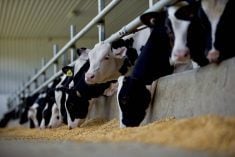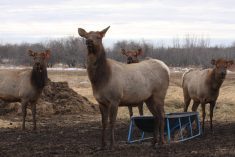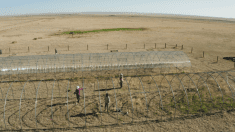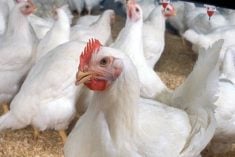Contrary to anecdotal reports, winter bee colony losses in agricultural regions of Ontario are not worse than colony losses in less developed parts of the province.
Paul Kozak, Ontario’s provincial apiarist, said there are differences in winter losses from beekeeper to beekeeper, but losses in southern, central and northern Ontario are similar.
“We looked at all the responses that we got to our winter loss survey (in 2014) … and we actually did not see any difference between the regions. It was consistent throughout Ontario.”
Overall, colony losses were 58 percent in Ontario following the winter of 2013-14.
According to Kozak’s winter loss report for 2014, published in February:
• Commercial beekeepers in the south lost 59.7 percent of their colonies.
• Commercial beekeepers in central Ontario lost 58.5 percent.
• Commercial beekeepers in the east lost 42.7.
• Non-commercial beekeepers in northern Ontario lost 62 percent of their colonies.
• Non-commercial beekeepers in the east lost 51.4 percent.
• Non-commercial beekeepers in central Ontario lost 44.3 percent.
• Non-commercial beekeepers in the south lost 34.9 percent.
Tibor Szabo, Ontario Beekeepers’ Association president, said earlier this spring that honeybees kept in regions with intensive agriculture, such as southern Ontario, were struggling compared to bees in more remote areas.
“Ontario is a big province and location, location, location is what it’s about,” he said. “Parts of Ontario have poison in the environment … and other parts do not. The guys that are in the north, where they’re not growing corn or soy … their bees are doing awesome. It’s night and day.”
Read Also
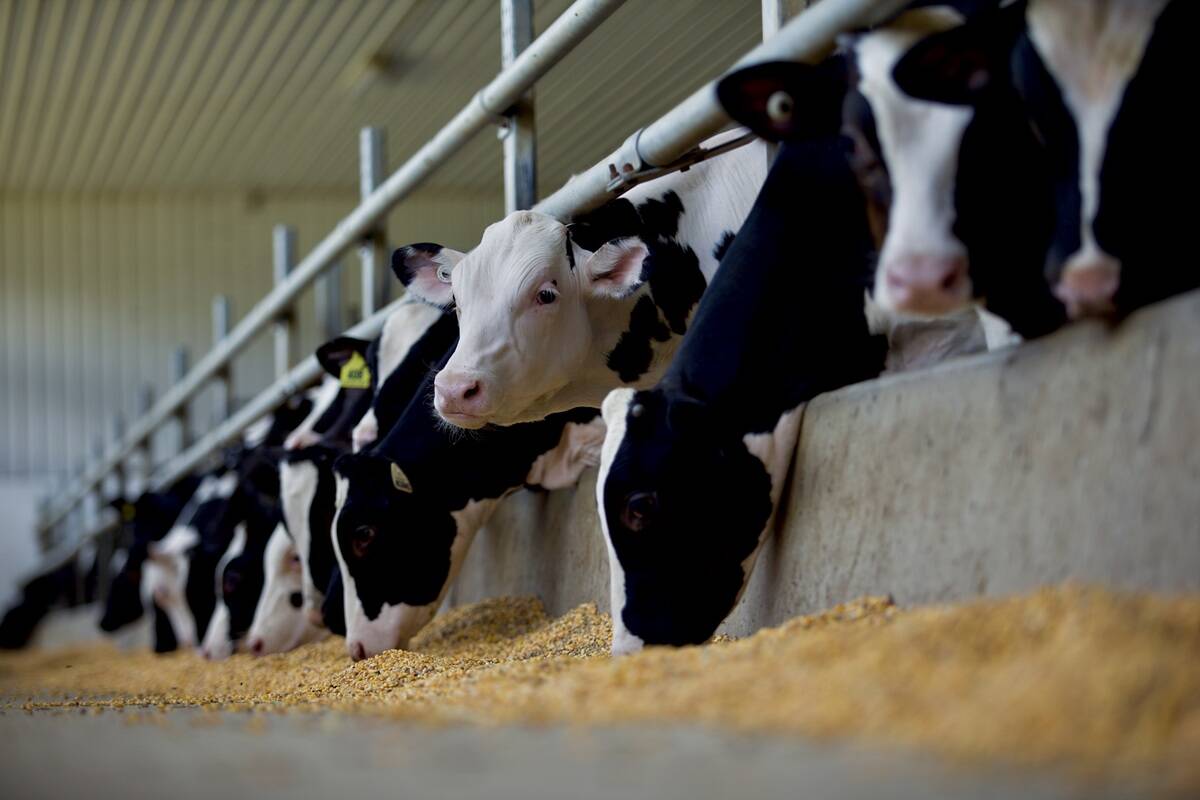
Confusion cleared on Canadian calf import changes
A Canadian Food Inspection Agency (CFIA) announcement on import regulations for feeder calves caused some confusion on the administrative side of Canada’s cattle industry earlier this month
This spring, the Ontario government unveiled new regulations to restrict the use of insecticide seed treatments on corn and soybean seeds. Neonicotinoid seed treatments have been linked to bee losses in North America and Europe.
Kozak said he would have to look back at previous years and examine 2015 data, but he doesn’t think there is a regional trend.
“Anecdotally, I’ve heard some similar stuff that there’s maybe less winter loss in parts of northern Ontario but … we really didn’t see that in our data.”
As of early June, Kozak said he was still evaluating colony loss data for the winter of 2014-15.
Early reports suggest Ontario beekeepers lost 30 to 35 percent of colonies last winter.
The Canadian Association of Professional Apiculturists typically releases data on bee colony losses in July.
Minimal bee kills in Ontario this spring
Heath Canada’s Pest Management Regulatory Agency released data on Ontario bee losses June 18. The data indicates that apiarists reported bee deaths at 42 bee yards this year, so far.
Year Honeybee incident reports
2012 241 bee yards
2013 259
2014 67
Source: Pest Management Regulatory Agency
Contact robert.arnason@producer.com




